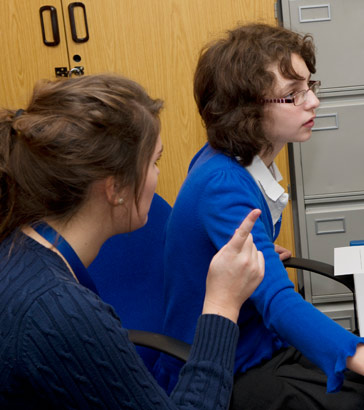
An accurate picture of a child's needs is essential to making appropriate provision.
The more complex a child's needs are, the greater the number of services that may
require an assessment to be undertaken.
There has been criticism that children and their families have been subjected to an
excessive number of assessment interviews by different agencies, resulting in repetition
of the same information and an unnecessary and unreasonable burden being placed upon
them.

It is important to emphasise that these frameworks are designed for the assessment of all children in need, and not solely for children and young people with disabilities or SEN.

Under the framework, if an initial assessment identifies that a child is in need of provision, then core assessments will be carried out in more depth.
This involves social care liaising with other agencies or independent professionals who provide information, undertake specialist assessments or contribute specialist knowledge or advice to social care.
Core assessments cover three domains:
- Child's developmental needs;
- Parenting capacity; and
- Family and environmental factors.

Some children with additional needs may be assessed under CAF - a shared assessment tool. This process aims to identify a
child's unmet needs and help organisations to work together to meet those needs.
CAF looks at all the child's needs, not just those that might be met by one service in particular.
The lead professional carrying out the assessment works with families to:
- Understand any issues they have;
- Develop solutions;
- Agree an action plan; and
- Discuss how it will be reviewed.

Where a child is getting services from more than one agency, a lead professional may be appointed to co-ordinate these and act as a main point of contact.
The Children Act 2004 placed a duty on children's services departments to introduce the CAF but there was no requirement to use the CAF in specific circumstances. Therefore the extent to which the CAF has been adopted differs.

Assessing children in need and their families (Department of Health, 2000)
Framework for the Assessment of Children in Need and their Families (Department of Health, 2000)